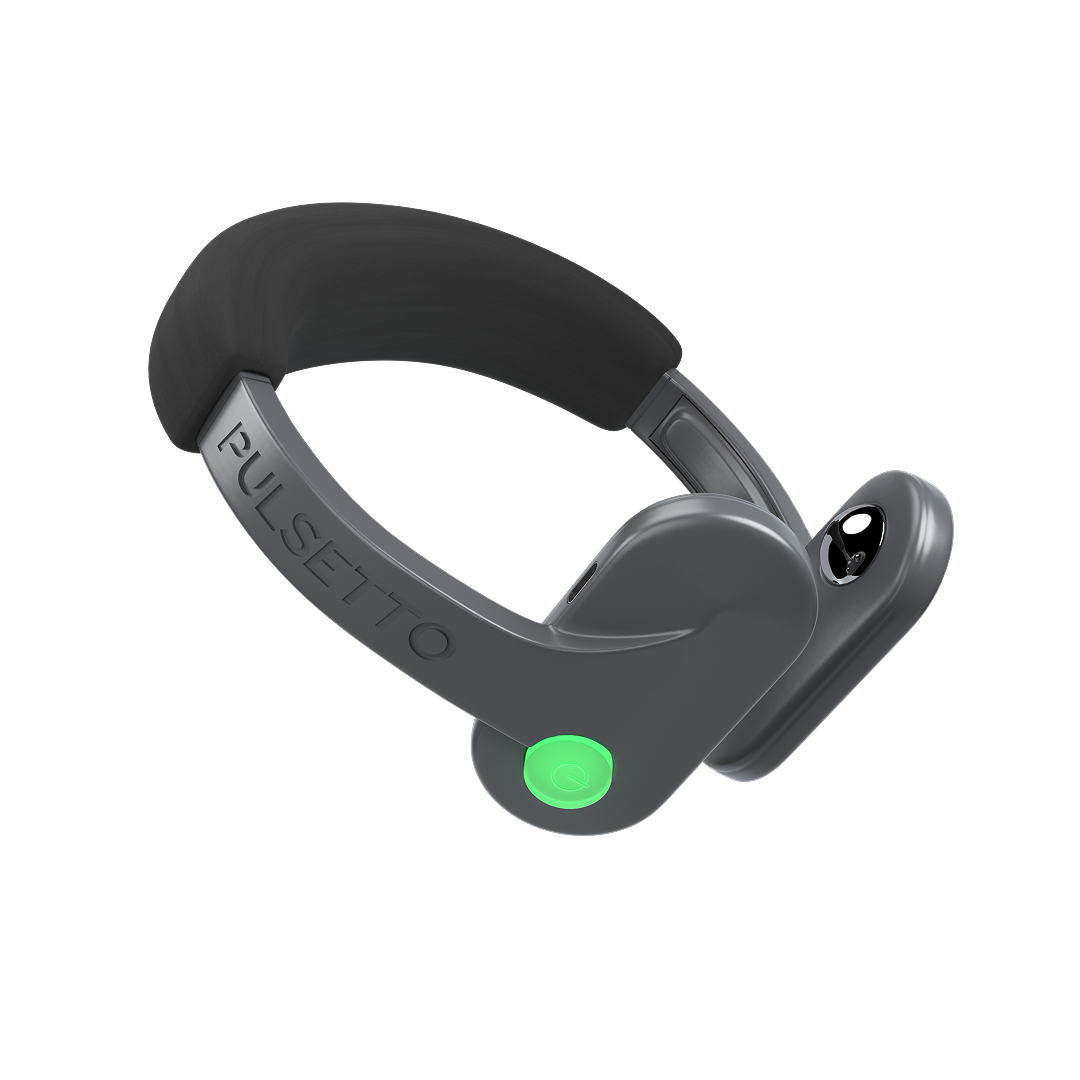The use of non-invasive vagus nerve stimulation (Pulsetto™) as a post-exercise recovery strategy in male football players
Athletes Fatigue Recovery
Table of contents:
Abstract:
Purpose:
To assess the effect of non-invasive vagus nerve stimulation (nVNS) on post-match recovery
in football.
Methods:
Using a crossover design, 18 male players completed two simulated 90-min matches,
followed by nVNS (Pulsetto™) or placebo (CON). Countermovement jump height (CMJ), 10 and 20-m
sprint times, heart rate variability (HRV), static and dynamic muscle soreness, and perceived fatigue
were recorded at pre-match, post-match, post-recovery, and 24 h post-match.
Results:
No significant differences were observed between nVNS and CON at any time point (p > 0.05),
indicating no between-intervention effects. Conversely, a significant effect of time (p ≤ 0.002) was found
for all performance and physiological measures. Specifically, CMJ height decreased at post-match
compared to all other time points (p < 0.001) and remained lower at 24 hours compared to pre-match
(p < 0.001). 10-m sprint performance declined from pre- to post-match (p = 0.006), while 20-m
performance (p ≤ 0.040) and HRV (p < 0.001) deteriorated at post-match compared to all other time
points, with lower HRV values also recorded at post-recovery compared to pre-match (p = 0.014).
Regarding perceptual data, static soreness increased from pre- to post-match in both interventions (p
< 0.001), with higher levels also evident at 24 hours compared to pre-match, in CON only (p < 0.001).
Dynamic soreness increased at post-match and post-recovery, compared to pre-match [in both
interventions (p < 0.001)], and remained elevated at 24 hours, compared to pre-match [only in CON (p
< 0.001)]. Finally, perceived fatigue was significantly higher (p ≤ 0.003) at post-match and post-recovery
in both interventions, compared to all other time points.
Conclusion:
These findings suggest that participation in full-length soccer matches induced
significant levels of fatigue among the investigated football players. However, nVNS was generally
ineffective for improving post-exercise recovery, with no significant differences between nVNS and CON
for performance, physiological, or perceptual measures.
Table of contents:
Read more:
The effect of transcutaneous cervicalvagus nerve stimulation on the cardiacautonomic nervous system
Read StudyEvaluating the Efficacy of Bilateral Non-Invasive Vagus Nerve Stimulation in Reducing Migraine Symptoms: A Prospective Observational Study
Read StudyHave questions?
We’re here to answer! Contact us at: info@pulsetto.tech







